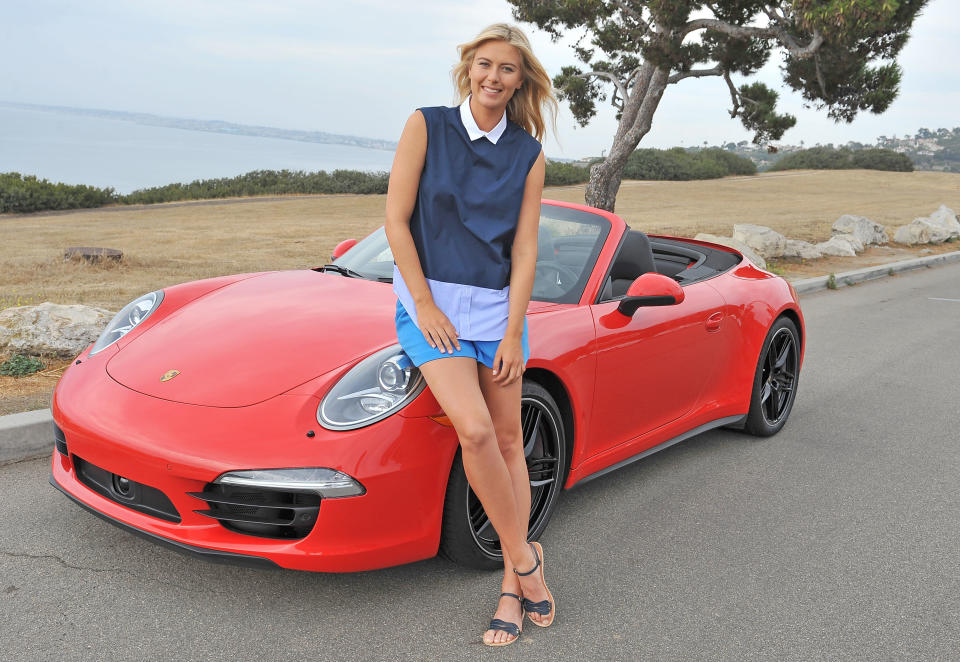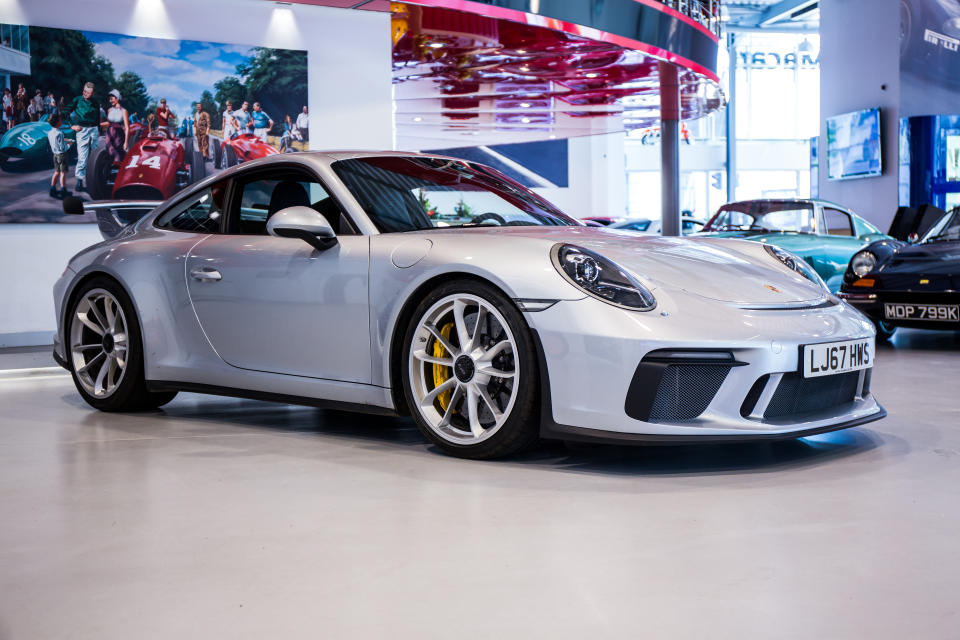Porsche’s plan to lock in young drivers plays into a popular millennial life hack

Locking in the new generation of spenders — millennials — is the Holy Grail for companies across the globe.
For firms dealing in luxury and affluence, the challenge is even greater and if you deal in transportation, that challenge is compounded. After all, millennials have accumulated less wealth than their predecessors meaning investing in expensive items is usually not the top of their must-have list. Consequently, that generation — those born between 1981 and 1996 — have latched onto the gig economy and rentals to live the lifestyle they want.
The ways people travel have changed beyond recognition in recent years. Scores of new app-based mobility options, from Uber to car sharing to escooters, have forced carmakers to look beyond old-school car ownership to adapt, as well as to try to lure new customers into buying their cars.
READ MORE: Supercar brands using female advisory boards to tap the potential of women buyers
Porsche, the German sportscar brand, was one of the first premium car brands to jump on the trend with a number of programmes homing in on a younger crowd, as well as those who have never been behind the wheel of a Porsche model 911.
It launched Drive in Germany in 2014, a service that lets you grab a Porsche for a couple of hours, a day, or a weekend. Drive is not unlike the car version of Rent the Runway, which lets people hire designer clothes they either can’t afford or wouldn’t want to buy outright. Jaguar Land Rover is also doing something similar with InMotion Rent and Audi with Audi On Demand.

Porsche Drive is now up and running in 13 locations across Germany, France, and Switzerland. Porsche told Yahoo Finance UK it can’t confirm when the Drive service will launch in Britain.
Sales and marketing spokesperson Nadescha Vornehm said some 15,000 vehicles have been rented through the Drive program since it launched. The average age of Drive customers is mid-40s, about ten years younger than the average Porsche owner.
It’s not a cheap car-rental option though: The new 911 costs €139 per hour (£128, $155), €799 for a weekend, and €2,599 for a whole week. But then, that’s not the point — the company wants to give consumers a tantalising taste of what these cars feel like to drive.
READ MORE: Jaguar Land Rover and BMW team up on electric cars
Last year in the US the carmaker launched a peer-to-peer rental service called Host via Turo, where Porsche owners can rent their cars out to others. Also in the US, Porsche Passport lets you drive and swap out a number of Porsche’s per month for a set fee.
“We are busying ourselves more and more with mobility themes overall,” Vornehm said. “Alongside normal car sales, [we] are looking at new concepts in how cars are used … we are also looking further ahead at what coming generations will want, where maybe car ownership doesn’t play such a large role.”
While Porsche was unable to share data on how many people who used Drive went on to buy a Porsche, selling more cars is clearly one of the goals. Vornehm said it does happen and “some people who have had their first contact with the Porsche brand through Passport, also later become Porsche buyers.”
READ MORE: Auto industry's powerful female bosses tell women how get ahead in work

 Yahoo Finance
Yahoo Finance 